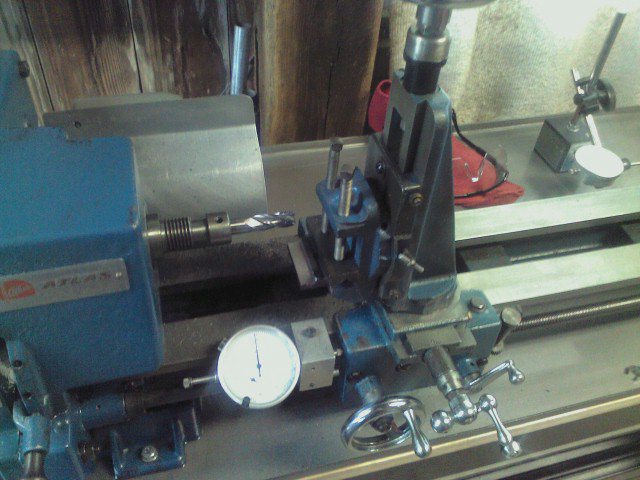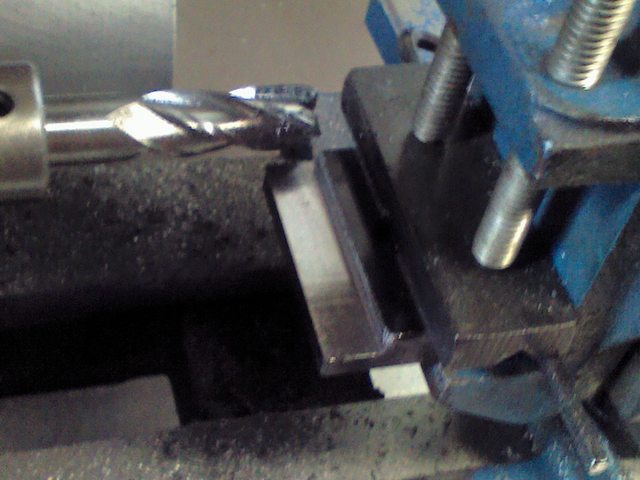- Joined
- Apr 12, 2013
- Messages
- 562
I appreciate all the replies. After fighting with my milling attachment for the last couple of weeks I am more determined than ever to get a benchtop mill, but probably something beefier than the little 200 lb mini-mills. Time to save some $$$!
I will say that getting a 6 flute high $$$ Niagara endmill did wonders for my Atlas' milling performance.
I will say that getting a 6 flute high $$$ Niagara endmill did wonders for my Atlas' milling performance.



